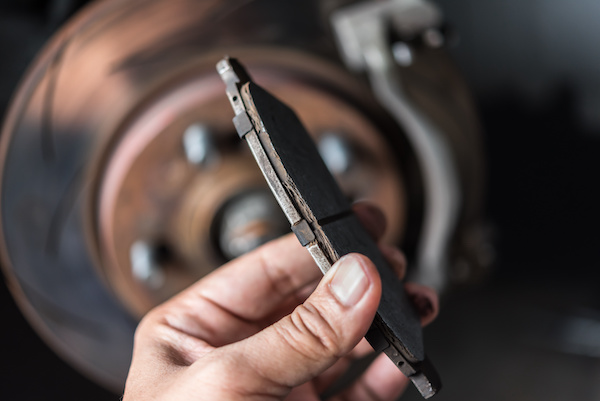
Brake maintenance and replacement might save you money over time. But ideally, when should brake shoes or pads be replaced? There are signs and symptoms that can help you determine when brake replacement is needed. As long as you know what to look for, you will stay on top of any issues with your vehicle's brakes. Let's take a deep dive into when you should change your vehicle's brake pads or shoes.
When you use the brakes on your vehicle, some friction material is worn off the pads and/or shoes. This material thins away as time passes, causing lengthy braking distances and damage to the discs and drums.
Look for the following indicators to determine whether you need to change your brake pads or shoes:
- If the brake pads in the vehicle have wear, the driver may hear a whining, screeching, or squealing noise when the brakes are engaged.
- When brakes are exposed to wet or damp conditions, pads may make a similar screeching noise while used. Although if the sound disappears after braking a few times that's a good indicator that it was just a bit of moisture on the pads or shoes.
- If the friction material on your brake pad or shoe is less than 1/4 inch thick (approximately seven mm), you should get your brakes inspected.
- Some vehicles have an indicator light on the dashboard which signals when to replace the brake pads.
- If you hear a low sound like grinding metal or a low growling rumble, that can be a sign that your brake pads or backing on the shoe plates are making contact with the drums or discs.
How Long Do Shoes and Brake Pads Last?
The answer to how long shoes and brake pads may last varies by vehicle and driver. In urban usage, brake pads typically last between 30,000 and 35,000 kilometers. In less demanding situations, like driving on the highway, brakes can last 80,000 miles or more.
Conclusion
If you need brake service, come along and bring your vehicle to Strande's Garage today!